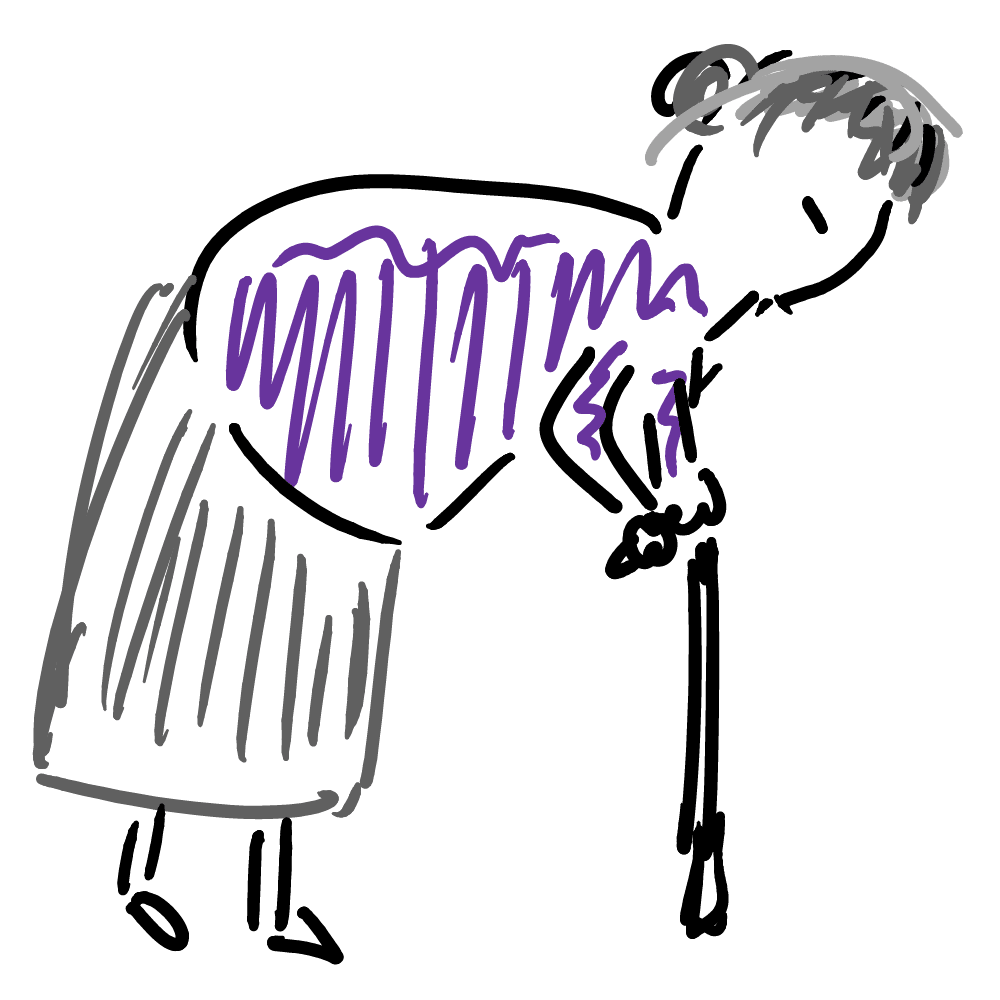so there’s all this tendency towards generalizing, right?
the art prof (forgot name) says that you desire to “own” the space/idea represented in the space. so maybe generalizing is a manifestation of how individuals in a capitalist society try to “own” more ideas than their immediate experiences. thus, you generalize and extend your knowledge (a property according to sheller, or without going so far, just use “cultural capital”) over entire societies or epistemic dimensions. even though it might a rhetoric device for your own jouissance.
now isn’t racism a form of particularized “knowledge” about racial hierarchies and relations in a given society? so the racist individual is trying to expand upon your individualized white supremacist prejudices over a more generalized theory (trying to orthodoxize it, following Bordieu) that you can apply over subaltern discourses as well. so that you can override alternate knowledges with your racistalized knowledge. so, racism is a manifestation over how the white man in society feels this unending need to keep on “owning” more and more material and intellectual artifacts. if your motivation driving racism is thirst for property, isn’t this another aspect of how capitalism and white supremacy are intrinsically intertwined in the syntactics of public discourse? or, a reactionary measure to the impending “disowning” or “disenfranchisement” of the wages of whiteness among whites? (so in this second sentence my argument becomes middle-class specific)
now, my argument is generalizing as well. so, you can deconstruct it and say that all I am trying to get at is to engage in a power grabbing struggle against the white supremacist orthodoxia with just another competing heterodoxia. or, catching on Gramsci, just another privileged hegemonic discourse. this is true, but I don’t think deconstructig my argument (or any) disproves an argument, but rather contextualizes it giving it a more critical focus. you can’t criticize a discourse by just pointing out the outer edges, without engaging directly with it .
(based on a memo at the principles of art class feb 22)

Leave a Reply